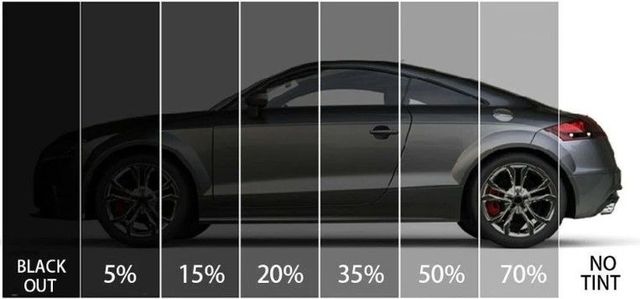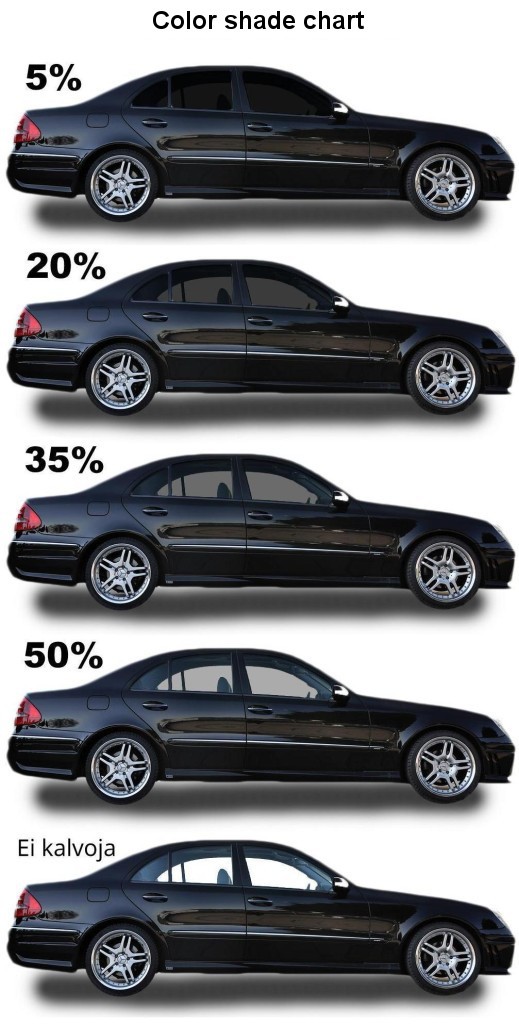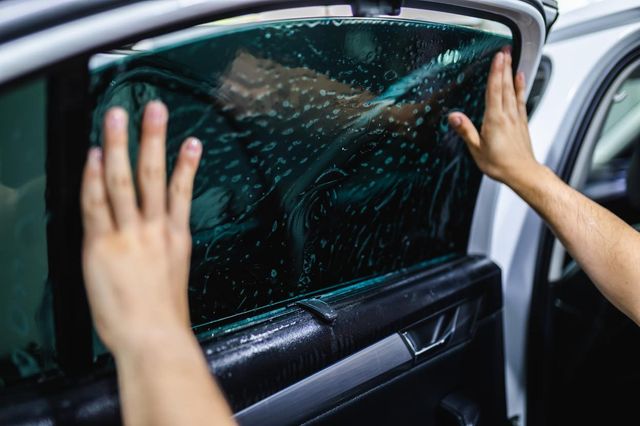Window Tinting Rules and Guidelines: What You Required to Know Prior To Tinting Your Vehicle
Before waging home window tinting for your lorry, it is important to familiarize on your own with the varied laws and standards that govern this practice across various states. These laws dictate the allowable degrees of tint darkness, frequently determined by visible light transmission (VLT) percentages, and include details terms for front windshields focused on ensuring roadway security. Furthermore, certain territories may use medical exemptions for individuals with qualifying problems. Recognizing these complexities can save you from prospective lawful ramifications, yet what are the certain rules in your state?
Summary of Window Tinting Laws
Window tinting laws are frequently based on variant across different jurisdictions, mirroring local regulations and safety factors to consider. These regulations determine the allowable levels of tint darkness and reflectiveness on automobile windows, making sure that drivers maintain adequate exposure while additionally securing versus hazardous UV rays and warmth.
Many regulations classify home window tinting based upon the Visible Light Transmission (VLT) percent, which suggests the quantity of light that can pass through the window. Usually, reduced VLT percents signify darker tints. Regulations often separate between the front, side, and back home windows, with stricter constraints related to the front windshield to improve safety and security for both the chauffeur and various other road users.
Furthermore, some territories impose restrictions on the reflectivity of the tint, preventing extreme glare that can harm presence. Exceptions to these regulations might exist for people with specific clinical problems calling for added sunlight security. Compliance with home window tinting policies is important, as violations can result in penalties, required elimination of the color, and possible increases in insurance policy premiums. As a result, it is vital for lorry owners to familiarize themselves with neighborhood laws before proceeding with window tinting setups.
State-by-State Color Regulations
Comprehending the details home window tinting regulations in each state is crucial for car owners looking for to abide by the regulation. Each state in the U.S. has established its very own collection of rules regulating window tinting, which can vary substantially. These regulations usually dictate the permitted levels of color darkness, the sorts of home windows that can be tinted, and any type of medical exceptions that may use.
For instance, states like California have strict constraints on color darkness for front home windows, while others, such as New Mexico, might permit darker colors. In addition, particular states mandate specific presence portions for different windows, including the windshield, front side home windows, and back windows. It is crucial for vehicle proprietors to familiarize themselves with their state's laws to avoid prospective penalties or fines.
Additionally, some states may call for a certification sticker label to be put on tinted home windows, suggesting compliance with state laws. Failing to comply with these policies not just runs the risk of legal repercussions but can likewise influence safety and visibility while driving. As a result, automobile owners ought to carry out complete research study or speak with neighborhood authorities to make sure complete understanding and conformity with state-by-state color guidelines.
Allowed Tint Degrees and Types
Numerous automobile owners may be shocked to discover that allowed tint degrees and types differ widely across different states. Each state has actually developed its own laws relating to the permitted darkness and reflectivity of window color, commonly determined by Visible Light Transmission (VLT) percents. VLT refers to the quantity of light that can travel through the tinted home windows; therefore, a reduced percentage suggests a darker tint.

Additionally, the kinds of tint products enabled can vary, with some states banning mirror-like or metal surfaces. It is important for lorry proprietors to familiarize themselves with their state's particular regulations to ensure conformity. Non-compliance can result in penalties, necessary elimination of the color, or other lawful consequences, making it vital to comprehend these laws prior to proceeding with installment.
Medical Exceptions for Tinting
While not all states give allocations for medical exemptions regarding window tinting, those that do identify the necessity for specific people to boost exposure and comfort as a result of medical problems. Different medical conditions, such as lupus, skin cancer, and certain eye conditions, can make individuals especially conscious sunshine. Consequently, these people might require darker tints to shield themselves from unsafe UV rays and glare.

It is necessary to note that despite having a clinical exemption, there might still be constraints on the level of color allowed. Compliance with state legislations makes certain that individuals are both secured and within legal restrictions. Those thinking about medical exemptions must call their regional Department of Electric motor Autos or equal authority to understand the requirements and treatments required to obtain an exception successfully.
Fines for Non-Compliance
Falling short to abide by home window tinting legislations can result in significant fines, which differ by state. Regulation check out here enforcement agencies are equipped to release citations for automobiles that do not adhere to the defined tinting regulations. These charges typically include penalties, which can vary from modest total up to numerous hundred dollars, depending on the severity of the violation and the state in concern.
In some territories, duplicated offenses may lead to intensifying penalties or additional fines, such as required court looks. In addition, non-compliance may necessitate the elimination of prohibited tinting, often at the proprietor's expenditure. In severe situations, regular culprits might encounter suspension of their automobile registration till conformity is accomplished.
Additionally, insurance coverage ramifications may develop from getting several citations for window color violations. Insurance firms may watch such offenses as an indicator of riskier actions, potentially bring about raised costs or problem in insurance coverage.
To prevent these penalties, it is important for automobile owners to acquaint themselves with their neighborhood window tinting regulations and make certain that their automobile complies (Window Tinting). This positive approach not only avoids lawful ramifications yet additionally advertises roadway safety
Verdict

The majority of guidelines identify home window tinting based on the Visible Light Transmission (VLT) percentage, which shows the quantity of light that can pass with the home window. Conformity with window tinting guidelines is essential, as infractions can result in penalties, compulsory elimination of the tint, and potential increases in insurance premiums.Comprehending the certain home window tinting guidelines in each state is essential for automobile owners looking for to conform with the law. These policies frequently determine the permitted degrees of tint darkness, the kinds of windows that can be tinted, and any kind of clinical exceptions that might use.
For instance, a knockout post states like The golden state have strict limitations on tint darkness for front windows, while others, such as New Mexico, might enable darker tints.